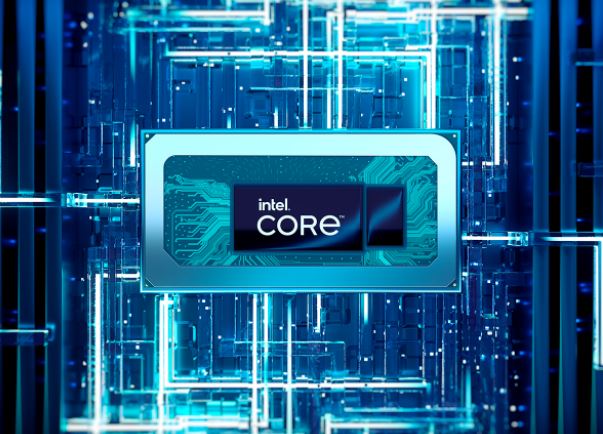After viewing the technical data, our expectations for the new Raptor Lake CPUs fell into the lower performance classes, because aside from slightly higher clock rates, there are no differences compared to Alder Lake. Now that we’ve been able to test the new Raptor Lake Core i7-1360P, our verdict is rather honest. Intel managed to increase performance and efficiency (approximately between 5-10%) and this is certainly not a bad result considering that it is still using a slightly improved Intel 7 (10nm) manufacturing process. The new Raptor Lake CPUs have an advantage over previous Alder Lake models, especially with their very high clock rates.
But the big problem is that even the specified 64W maximum isn’t even close to hitting the full 4.5GHz on all cores, because we’re seeing a 4GHz cap for the performance core, at 38W just about 3.2GHz. There is not much advantage here over previous Alder Lake chips. The same applies to the integrated GPU, because the extra 100MHz is not observed in benchmarks or in everyday use. Intel is already lagging behind here (especially compared to Apple) and with the new AMD Zen 4 CPUs, the gap with AMD will almost certainly grow again. Despite the slightly increased efficiency, Intel is clearly still at the bottom behind AMD and Apple with its new mobile processors when it comes to efficiency and GPU performance.
In practice, high power limits are just as problematic, which we’ve seen on several Alder Lake laptops over the past year. On the other hand, there’s a lot of 65W power supplies soaking through, which is why devices have to go back to battery again and again during short peak load periods. In addition, the fans are often active, which we noticed very clearly with the new Lenovo Yoga 9i 14. The fan works even with simple things, even with a single-core load. There are of course differences depending on the device, but there tends to be more fan activity than on comparable AMD laptops.
Apple has already shown its new processors (M2 Pro and M2 Max) and here the efficiency in the CPU area is slightly lower than the old M1 Pro chips, but the advantage over Intel is still significant (our comprehensive analysis of the new Apple chips will follow in the next few days). On the other hand, we’ll have to wait a little longer for new AMD CPUs; We already have our first Ryzen 7000 CPU in the editorial office, but only Zen3+ models and not Zen4 yet. Because while Intel is reducing its model range, AMD is making things more complicated this year.
Especially when choosing between Intel and AMD, availability can again play a major role, because Intel clearly has the advantage here. Last year, for example, the Ryzen 7 6800U was the best mobile processor overall, but that’s not much use if you can barely afford the right hardware. Only the next few months will show if the situation will change this year.

“Subtly charming coffee scholar. General zombie junkie. Introvert. Alcohol nerd. Travel lover. Twitter specialist. Freelance student.”






More Stories
Intel offers a special graphics driver for “palaces”
Antibiotic-resistant bacteria mutated in space
Windows 11: Update brings ads in start menu